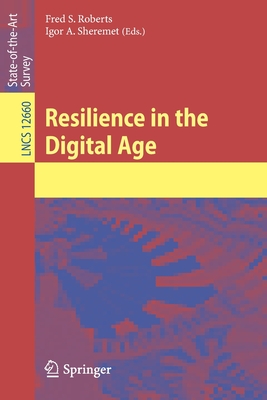Documenting Aftermath: Information Infrastructures in the Wake of Disasters
暫譯: 災後資訊基礎設施的紀錄
Megan Finn
- 出版商: MIT
- 出版日期: 2018-10-16
- 售價: $1,760
- 貴賓價: 9.5 折 $1,672
- 語言: 英文
- 頁數: 280
- 裝訂: Hardcover
- ISBN: 0262038218
- ISBN-13: 9780262038218
海外代購書籍(需單獨結帳)
商品描述
An examination of how changing public information infrastructures shaped people's experience of earthquakes in Northern California in 1868, 1906, and 1989.
When an earthquake happens in California today, residents may look to the United States Geological Survey for online maps that show the quake's epicenter, turn to Twitter for government bulletins and the latest news, check Facebook for updates from friends and family, and count on help from the Federal Emergency Management Agency (FEMA). One hundred and fifty years ago, however, FEMA and other government agencies did not exist, and information came by telegraph and newspaper. In Documenting Aftermath, Megan Finn explores changing public information infrastructures and how they shaped people's experience of disaster, examining postearthquake information and communication practices in three Northern California earthquakes: the 1868 Hayward Fault earthquake, the 1906 San Francisco earthquake and fire, and the 1989 Loma Prieta earthquake. She then analyzes the institutions, policies, and technologies that shape today's postdisaster information landscape.
Finn argues that information orders―complex constellations of institutions, technologies, and practices―influence how we act in, experience, and document events. What Finn terms event epistemologies, constituted both by historical documents and by researchers who study them, explain how information orders facilitate particular possibilities for knowledge. After the 1868 earthquake, the Chamber of Commerce telegraphed reassurances to out-of-state investors while local newspapers ran sensational earthquake narratives; in 1906, families and institutions used innovative techniques for locating people; and in 1989, government institutions and the media developed a symbiotic relationship in information dissemination. Today, government disaster response plans and new media platforms imagine different sources of informational authority yet work together shaping disaster narratives.
商品描述(中文翻譯)
一項研究探討了公共資訊基礎設施的變化如何影響人們在1868年、1906年和1989年北加州地震中的經歷。
當今加州發生地震時,居民可能會查詢美國地質調查局(United States Geological Survey)提供的線上地圖,以顯示地震的震中,轉向Twitter以獲取政府公告和最新消息,查看Facebook以獲得來自朋友和家人的更新,並依賴聯邦緊急事務管理局(FEMA)的幫助。然而,一百五十年前,FEMA和其他政府機構並不存在,資訊是通過電報和報紙傳遞的。在《Documenting Aftermath》一書中,梅根·芬(Megan Finn)探討了公共資訊基礎設施的變化以及它們如何塑造人們的災難經歷,研究了三次北加州地震後的資訊和溝通實踐:1868年的海沃德斷層地震、1906年的舊金山地震和大火,以及1989年的洛馬普列塔地震。她隨後分析了塑造當今災後資訊環境的機構、政策和技術。
芬主張所謂的「資訊秩序」(information orders)——由機構、技術和實踐組成的複雜星座——影響我們如何行動、體驗和記錄事件。芬所稱的「事件認識論」(event epistemologies),由歷史文件和研究這些文件的研究者構成,解釋了資訊秩序如何促進特定的知識可能性。在1868年地震後,商會向外州投資者發送電報以安撫他們,而當地報紙則刊登耸人聽聞的地震敘事;在1906年,家庭和機構使用創新的技術來尋找人員;而在1989年,政府機構和媒體在資訊傳播上發展出共生關係。如今,政府的災難應對計劃和新媒體平台想像著不同的資訊權威來源,但卻共同塑造災難敘事。


















